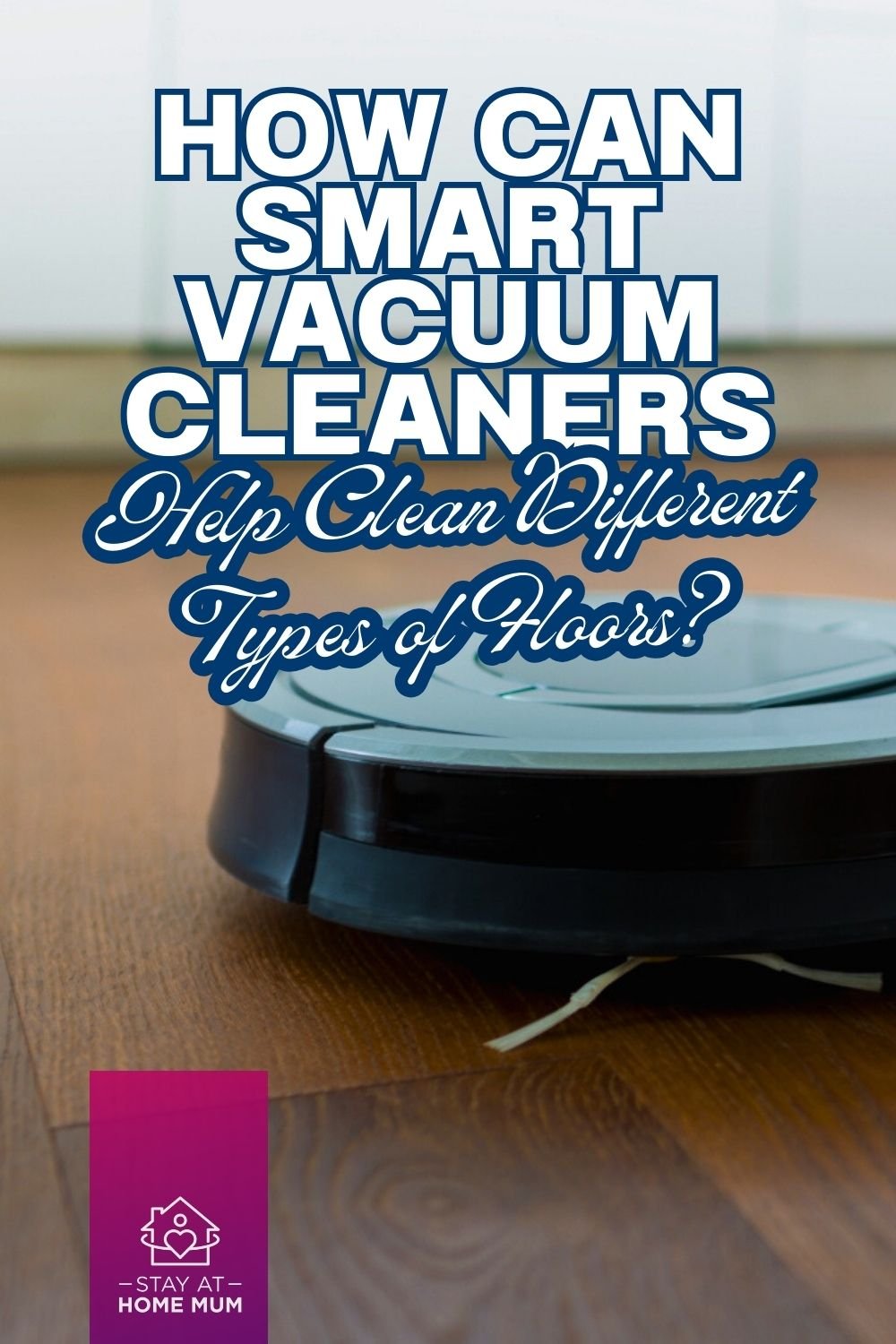
Robot vacuums are one of the best investments that you can make for your house. These devices offer exceptional convenience by taking away the time and effort involved with cleaning. While robot vacuum cleaners are highly advanced, different flooring layouts around the house can impact their performance.
Today, we will discuss how effective robot vacuums can be on certain floors, what type of surfaces they should stay away from, and how you can maximise their efficiency. This brief guide will help you get the most out of your new robot buddy.
Table of Contents
What surfaces do smart vacuum cleaners work on efficiently?
Robot vacuums are highly versatile, but they often perform at their best when used on the following surfaces.
Hard Floors
Robot vacuums work best for hard floors. You can use the robot for cleaning surfaces like tile, laminate, and hardwood. These vacuums use a combination of rotating brushes and strong suction that works best in removing dirt, debris, and stains from hard floors.
Carpets
Cleaning carpets is hard. Robot vacuums are versatile, and they work well on carpets. They can efficiently clean carpets of various thicknesses thanks to height adjustment features that allows them to easily navigate thicker carpet fibres. Having a smart vacuum with a high suction power will also be crucial to suck all debris.
While cheaper models might struggle with thicker rugs, the ones that have specialized brushes and dedicated “Carpet Boost” modes do the job quite well. A lot of robot vacuums feature several cleaning modes that can speed up the cleaning process.
Under Furniture
The surface under or around furniture tends to be very uneven at times. However, thanks to the compact size and advanced navigation systems, robot vacuums can move around and underneath furniture by Lidar sensor to navigate surroundings. This means you don’t have to bend down or move furniture for your weekly cleaning sessions.
Robot vacuums also do a good job of removing allergens and pet dander around furniture. Some of them even feature HEPA filters which help with allergy relief.
4 Best Practices To Clean Different Floors With A Smart Vacuum Cleaner
Here are some things to keep in mind before you begin the first cleaning run using your new robot vacuum cleaner:
Test Run
When you begin the setup process, the companion app will usually prompt you to do a test run. The vacuum will navigate your house while mapping out the floor layout and obstacles along the way. While the vacuum is doing this, don’t move carpet or furniture around so that the vacuum can get familiar with the layout as you would usually have it.
Building Barriers
Even after getting familiar with your home layout, there’s a chance that the robot vacuum will end up in places you don’t want it to. To prevent this, use physical or virtual barriers to confine the robot to certain areas.
Many robot vacuums come with a companion app that allows you to restrict access to certain rooms by setting up virtual boundaries. Pair that with advanced obstacle detection, and you can prevent your robot from ruining that expensive rug of yours.
Clearing Cords and Curtains
Robot vacuums are highly prone to getting stuck on long curtains or cords. If you don’t want the robot vacuum to do more harm than good, pick up any loose cables and tie up those extremely long curtains.
Regularly Cleaning Your Robot Vacuum
If you want your robot vacuum to last long, you must clean it regularly. Empty the dustbin, clean the filters, remove tangled hair from the brushes, and wipe the sensors and charging contacts. Also, replace the filter every six months to a year.
4 Things To Avoid When Cleaning Different Floors With a Robot Vacuum
Now that we’ve covered some good practices, here are some things you should probably avoid with your robot vacuum.
Wet or Damp Cleaning
Most robot vacuums are not built for cleaning spills or liquid stains from your floors. If you dropped a glass of orange juice on your carpet, you’re better off cleaning it manually rather than relying on your robot vacuum. However, some models do come with a built-in mop for 2-in-1 functionality. These models are much better for cleaning damp surfaces.
Cleaning Extremely High-Pile Carpets
Know the limits of robot vacuums on high-pile carpets and refrain from cleaning them. These carpets have long, fluffy fibres that can cause problems for the vacuum. Because of their design, robot vacuums may struggle to move around and clean the fibres.
Neglecting Maintenance
Not taking care of your robot vacuum can impact its performance and longevity. While some higher-end models will feature a self-emptying dustbin, we still recommend checking the sensors and other sensitive components on your robot vacuum every now and then.
Overcharging
Leaving your robot vacuum plugged in for an extended period, even after it has reached its full capacity can lead to battery degradation. This also potentially shortens the overall lifespan of the vacuum’s battery.








 Top 14 Online Adult Shops in Australia
Top 14 Online Adult Shops in Australia  List of Environmentally Friendly Disposable Nappies (and...
List of Environmentally Friendly Disposable Nappies (and...  List of the Best Weight Loss Shake...
List of the Best Weight Loss Shake...  Where to Buy Wholesale Vibrators to Sell...
Where to Buy Wholesale Vibrators to Sell...  Our Honest Bed Threads Review 2021
Our Honest Bed Threads Review 2021 



